
Unlike regular table wines, fortified wines can pack a punch. But how do you know if your wine’s fortified?
You can tell if a wine is fortified by reading the label. Wines with alcohol above 17% are often fortified. You may also see phrases like “fortified” or “contains added alcohol”. Finally, some wine styles are always fortified, including: Sherry, Port, Marsala, Madeira, and Vermouth.
Don’t worry! You’ll always know if you’re walking out of a wine shop with a fortified wine. Here’s how to know what wine is fortified.
- What Is Fortified Wine?
- How to Tell If a Wine Is Fortified Step 1: Read the Label
- How to Know What Wine Is Fortified Step 2: Special Wine Types
- How to Tell If Your Wine Is Fortified Step 3: Look for Funny Bottle Shapes
- How to Tell If your Wine Is Fortified Step 4: Flavor Profile
- How to Tell If Your Wine Is Fortified Step 5: Ask for Help!
- How to Learn about Fortified Wines: Drink Fortified Wines with Friends
- Final Thoughts: Read those Fortified Wine Labels!
- Thirsty for More?
What Is Fortified Wine?
Fortified wines are wines made with grapes, just like regular unfortified wine, but the winemaker adds spirits during the winemaking process, fortifying the wine.
Fortified wines can be dry or sweet.
Winemakers can add spirit during fermentation when there’s still grape juice left over. This will make your fortified wine sweet. Or, they can add the spirit after the wine is done with fermentation. This will make your fortified wine dry.
Helpful Tip: Fortified wines are relatively uncommon for most average wine drinkers, so I put together this post that goes into more detail on the differences between fortified and unfortified wines.
Fortified wines have a long history in the winemaking world. Originally, fortified wines proved crucial to keeping wine fresh during long overseas voyages. Today, many regions carry on their own fortified winemaking traditions. These unique wines can be a delight to explore, but hard to find.
How to Tell If a Wine Is Fortified Step 1: Read the Label
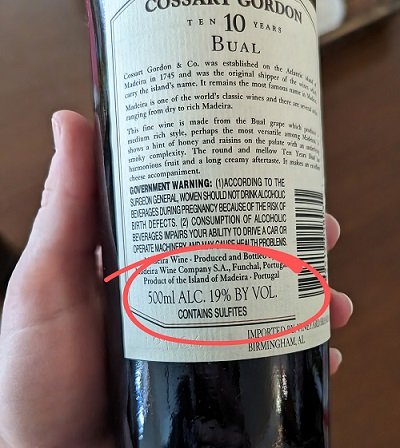
Check the wine label closely. All fortified wine labels have clues. Phrases like “fortified”, or “fortified with brandy”, or “contains added alcohol” tell you that the wine is fortified.
The label will also tell you how much alcohol is in the wine you’re holding.
Fortified wines typically have much higher levels of alcohol than regular table wine – 15.5%-22% alcohol by volume, compared to 11%-15% alcohol by volume.
How to Know What Wine Is Fortified Step 2: Special Wine Types
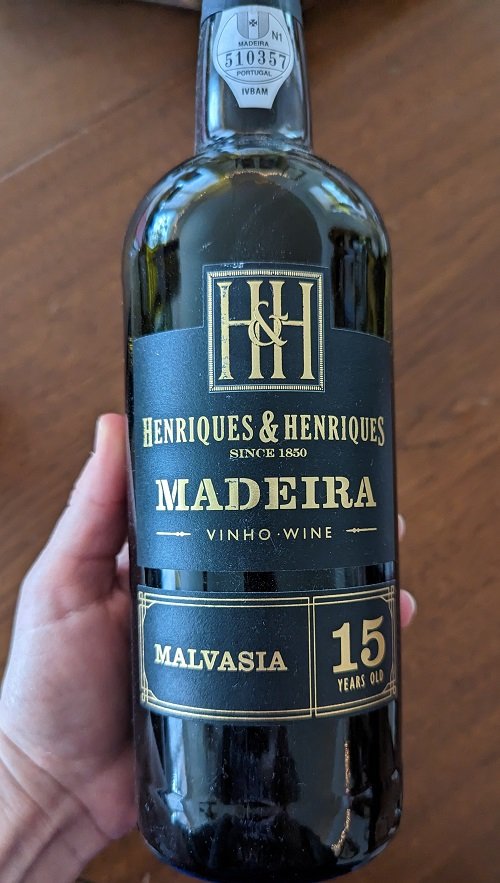
Some types of wine are always fortified. These are the traditional wines made in a fortified style in regions with a history of fortified winemaking. Types of fortified wine include:
- Port from Portugal
- Sherry from Spain
- Marsala from Sicily, Italy
- Madeira from Portugal
- Rutherglen Muscat from Australia
- Vin Doux Naturel from France
- Vermouth (infused fortified wines)
If you see any of these wine names on your bottle along with a higher alcohol level, it’s a fortified wine.
Helpful Wine Buying Tip: Traditional wine names, like Port or Sherry, are highly regulated and only wines made from these historic regions can carry those names on their bottles. You may come across fortified wines made outside of these regions and the tasting notes will read something like “Port-style” or “made in a traditional Sherry-style”. This is a clue that the wine’s fortified.
Look for specific types of fortified wine: Some types of wine are almost always fortified. For example, port wine, sherry, and Madeira are always fortified, while other wines such as vermouth, Marsala, and some red wines may also be fortified.
How to Tell If Your Wine Is Fortified Step 3: Look for Funny Bottle Shapes
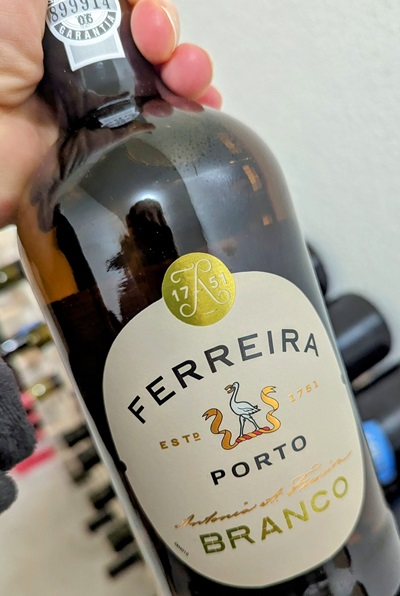
Most traditional fortified wines have a traditional bottle shape. These aren’t the normal looking wine bottles that unfortified wines use. They may be tall and stout, short and stubby, or even tall and slender.
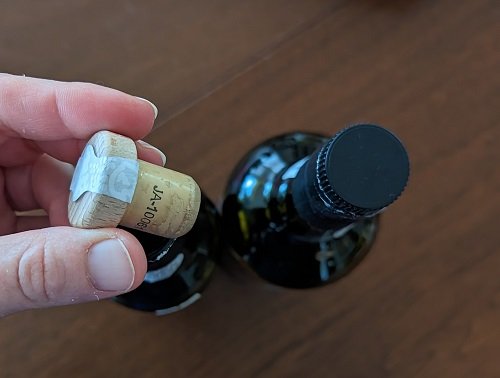
You may also notice that they have stoppers instead of corks, which is quite common for fortified wines.
How to Tell If your Wine Is Fortified Step 4: Flavor Profile
If you’re out tasting wine and unsure if the wine in your glass is fortified, then take a sip and consider the flavor profile. The most noticeable quality of a fortified wine is the alcohol burn. You’ll notice that it prickles your tongue and gums, then warms up your chest as you swallow.
Fortified wine tasting profiles tend to have a viscous sensation on your tongue and lips thanks to their high alcohol content. They also tend to be fuller-bodied.
Some fortified wines go through a deliberate oxidation process that brings out unique flavors like:
- Treacle
- Orange marmalade
- Almond
- Walnut
- Praline
- Leather
- Furniture varnish
These are uncommon tasting notes in regular table wine.
How to Tell If Your Wine Is Fortified Step 5: Ask for Help!

If you’re out shopping for wine or are at a restaurant, ask your server if the wine’s fortified. Most fortified wines will be at the end of a wine list where it has your dessert wines, but not always.
It’s highly unlikely you’ll ever wander into a wine shop and accidentally walk out with a bottle of fortified wine.
Likewise, most fortified wines are in their own section at wine stores. You’re really going to need to look for fortified wines to find them.
How to Learn about Fortified Wines: Drink Fortified Wines with Friends

The best way to learn about the world of fortified wines is to host your own wine tasting with friends. This will allow you to taste the range of different fortified wine styles, but also enjoy them safely at home because they’re high-alcohol (and delicious and who wants to spit?!?).
Here’s a great side-by-side fortified wine flight to get you started. Why these wines? They’re all widely available and should be relatively inexpensive no matter where you live.
- Wine 1: Fino or Manzanilla Sherry from Spain
- Wine 2: Madeira (any style, any price)
- Wine 3: Ruby or Tawny Port Wine
Remember! These are fortified wines. Do small, half-glass pours to start out.
4 Helpful Fortified Wine Tasting Tips:
- Swirl the wine and smell all of them before you taste them. How are they different?
- Taste them in the order listed the first time around.
- Have some almonds or salty crackers and water available to cleanse your palate and reset your tastebuds before you go onto the next wine.
Helpful Tip: Here’s a 30-second tasting tip on why you should taste wine with your mouth open. Check it out!
You probably won’t care for all 3 of these fortified wine styles, but they are classic examples of fortified wines that you’ll find on restaurant menus. Knowing what they taste like can help you choose your next perfect bottle of fortified wine.
Wine Flights: I’m convinced wine flights, or lineups of different wines, are the single best way to learn about wines. Here’s a great post on getting started with wine flights at home.
Final Thoughts: Read those Fortified Wine Labels!
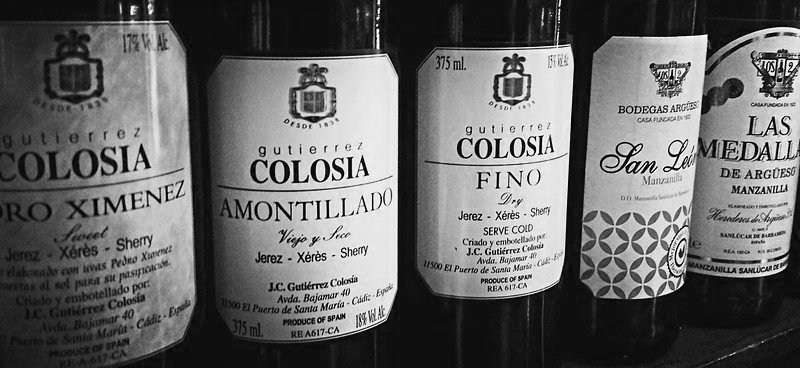
You can figure out if a wine is fortified by reading the label and knowing about a few of the classic fortified wine styles made around the world.
Many fortified wines have unique bottle sizes and shapes, that give you a clue that something’s different about the wine.
Whenever you have questions, ask a restaurant server or the wine shop clerk to verify if a wine is fortified.
Fortified wines have their place and can be a special treat for wine lovers!
Thirsty for More?
Who doesn’t love a good Sherry? Check out this post that goes into the differences between Sherry and wine.
Fortified wines come in a variety of styles made around the world. So, I put together this post that explores 10 types of fortified wines.
Aaaand… once you know you’re going to buy a fortified wine, I put together this post so you know which fortified wines are actually good.



